Medical cannabis has been around since the beginning of modern civilization. In fact, it’s no secret that most ancient cultures used cannabis for its medicinal properties as early as 4000 B.C. Once people figured out how to grow it and extract its healing oils, marijuana quickly became a household staple for many. And ever since then, scientists have been working tirelessly to understand the plant’s various healing abilities in greater detail. In recent years, this has led to a surge in research on various cannabinoids and terpenes found in medical weed – one of which is cannabidiol (also known as CBD). CBD is perhaps the most well-known cannabinoid found in medical weed — and for good reason. The non-psychoactive compound belongs to the same family as other well-known natural compounds called fatty acids. Its unique set of chemical properties make it extremely useful when studying the effects of cannabis – and other drugs – on the human body. Scientists classify CBD as an “endocannabinoid receptor” agonist, meaning that it binds directly with receptors found throughout our endocannabinoid system (ECS). As we will explore further below, this makes sense given that both ECS and the endocannabinoid system are involved with regulating balance in our bodies by interacting with different neurotransmitters and hormones:
What is the Endocannabinoid System?
The endocannabinoid system (ECS) is an increasingly popular way to think about the body’s endocannabinoid system. It refers to a network of receptors and enzymes that interact to produce a variety of physiological effects. The human body has cannabinoid receptors on a variety of receptors throughout the nervous system. This makes sense, considering that cannabinoids are produced by the human body and can stimulate the same receptors and pathways that are involved in things like pain, memory, and feeling of well-being. The ECS is a network found throughout the body that acts as a gatekeeper between our cells and the cannabinoid-containing molecules in the body. When cannabinoids like CBD bind with receptors in the ECS, it activates a set of steps that send a message to our endocannabinoid system. These steps include increasing levels of serotonin, dopamine, and other neurotransmitters.
How Does CBD Work?
CBD is an interesting cannabinoid because it doesn’t seem to bind with CB1 or CB2 receptors. Like other cannabinoids, CBD also activates certain proteins found in the ECS that facilitate communication between the endocannabinoid system and the nervous system. But unlike other cannabinoids, CBD does not bind with receptors in the CB1 or CB2 regions. This means that it doesn’t activate the same chemicals in the nervous system that are stimulated by THC. While the cannabinoid is capable of interacting with the ECS, it does so much less effectively than other cannabinoids found in cannabis do. What this means is that even though CBD is present in the body, it has negligible physiological effects. Some of the physiological effects of CBD that have been studied include anti-oxidant effects, relief from chronic pain, anti-spasmodic effects, and anti-anxiety effects. Most research on CBD has focused on its use as an anti-anxiety compound, and there is some evidence demonstrating its use in treating conditions like chronic pain and depression. Because the endocannabinoid system is so important for regulating the body, it’s likely that it has a role in many physiological functions.
How to Identify CBD in Medical Weed
There are a few ways to look for CBD in your medical weed. First off, if you can’t find it, chances are it’s missing. Secondly, you can look for specific strains with high amounts of CBD. And lastly, you can look for strains with high amounts of THC and low amounts of CBD to find the one with just the right balance of the two compounds. First off, if you can’t find it, it’s probably not there. Many marijuana strains have more than just CBD in them, so it’s important to look for strains with higher levels of CBD. Secondly, you can look for specific strains with high amounts of CBD. Cannabinoid content can be found in different parts of the cannabis plant, including the flowers, leaves, and even the stalks. As with everything in nature, not every strain has the same mix of cannabinoids. It’s important to look for strains with high amounts of CBD as it’s a sure sign of high-quality cannabis.
Other Things CBD May Do in the Body
As we just saw, CBD doesn’t seem to bind with the endocannabinoid receptors that other cannabinoids do. Yet it’s still an important part of the ECS. As we discussed, the ECS plays a central role in regulating bodily functions by acting as a messenger between the nervous system and the body. As per research, CBD could also prove to be useful in home care for elderly with dementia. What’s intriguing is that some researchers are exploring the idea that CBD could be used to treat conditions that involve miscommunication between the nervous and immune systems, like multiple sclerosis, autoimmune disorders, and inflammatory bowel disease.
Benefits of CBD in Medical Weed
One of the most prominent benefits of CBD is its use as an anti-anxiety compound in cannabis. This makes sense, considering that CBD does not bind with receptors in the brain that are associated with the “high” feeling that THC produces. CBD has also been shown to have anti-depressant effects and potential anti-oxidant properties that could help combat the negative effects of oxidative stress caused by inflammation. If you are from Bowdon you can always consult Therapeutic Counsellor bowdon for the medical use of CBD.
Limitations of CBD in Medical Weed
It’s important to note that CBD is present in the body, but it does not seem to bind with receptors in the same way that THC and other cannabinoids do. While this makes it an interesting candidate for anti-anxiety treatment, it also means that CBD has negligible physiological effects. This is a bit of a bummer considering all of the other things it may do in the body like energy boosting. Hence you should consult your fitness trainer for proper guiding in the usage dose. It’s also worth mentioning that while CBD is present in cannabis, levels vary wildly and may be difficult to find in your medical weed.
Conclusion
When it comes to endocannabinoids, CBD is just another one of the many compounds found in cannabis. However, because other cannabinoids bind to receptors in the ECS and stimulate similar chemical pathways, it’s become a prominent candidate for treating a variety of conditions. With that said, there are still some things we don’t know about CBD. For example, we don’t know exactly how much CBD is present in medical weed and what strain will give us the best results. Likewise, we don’t know if the CBD you find in medical weed is truly therapeutic. Given that there are still so many things to learn about this exciting cannabinoid, we will continue to research the effects and therapeutic potential of CBD.
Where to Buy CBD Online?
There are several websites that sell CBD products online such as West Coast Cannabis. The reason online buyers flock to WCC is because of their price, quality & return policies.

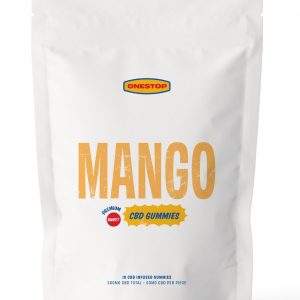
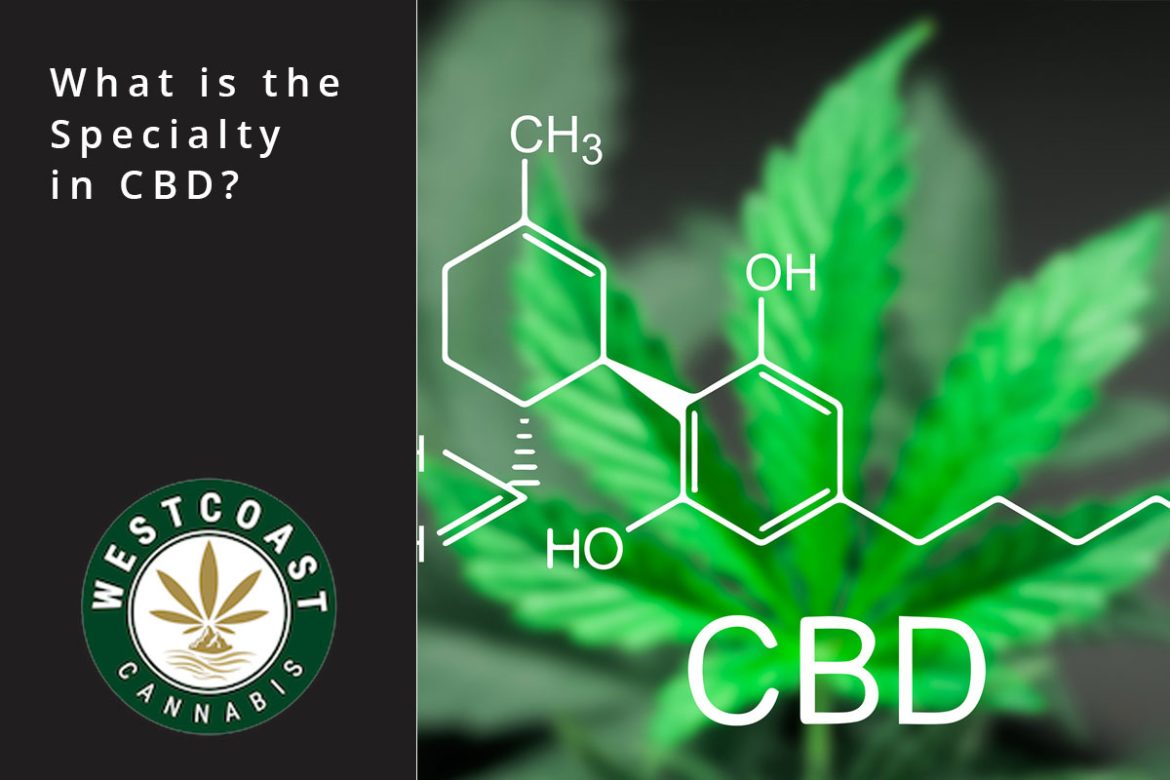
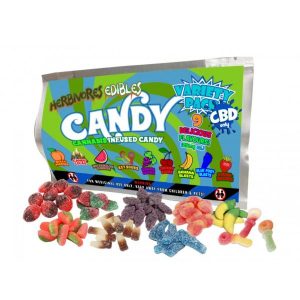


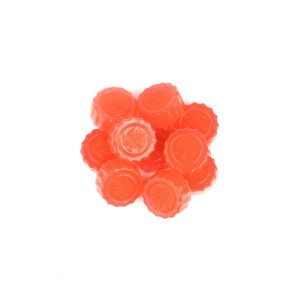
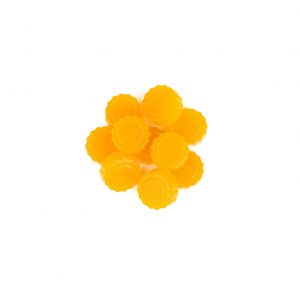
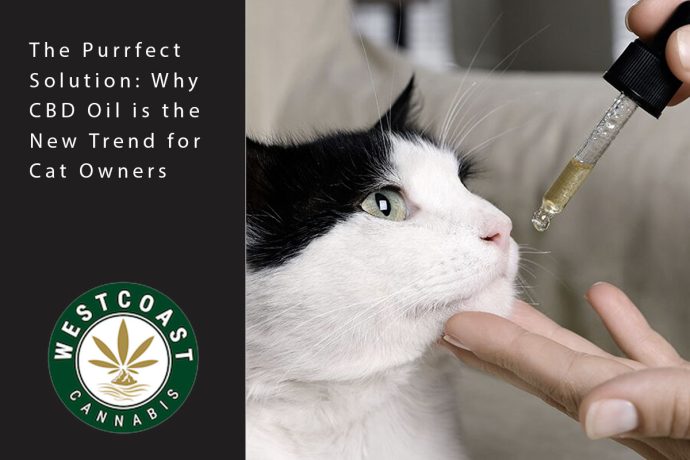
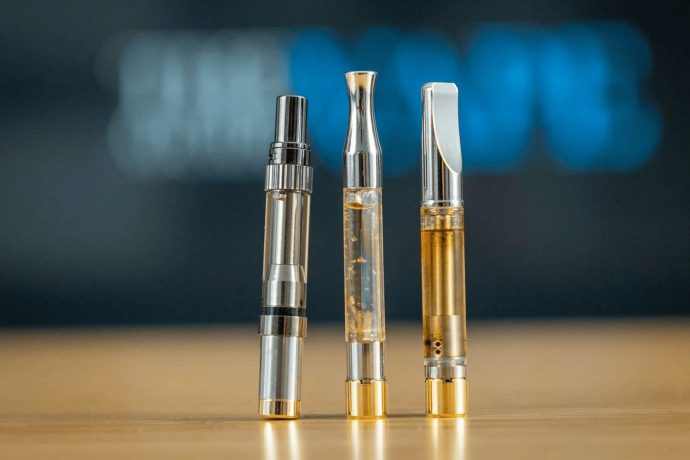
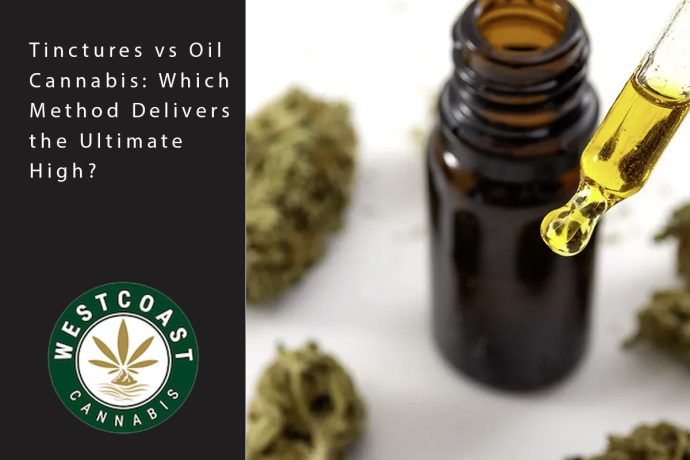

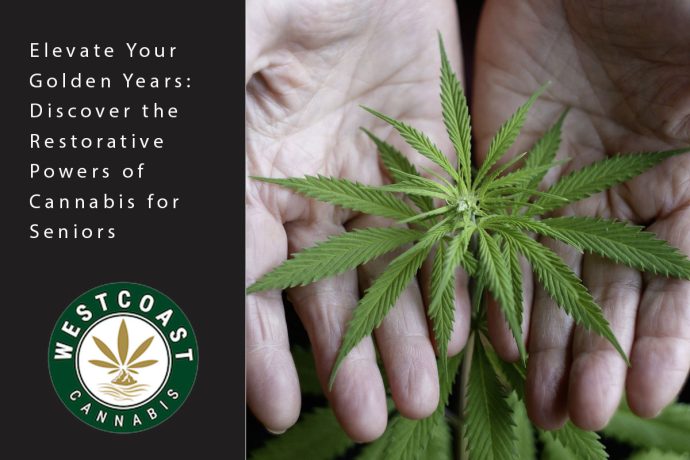
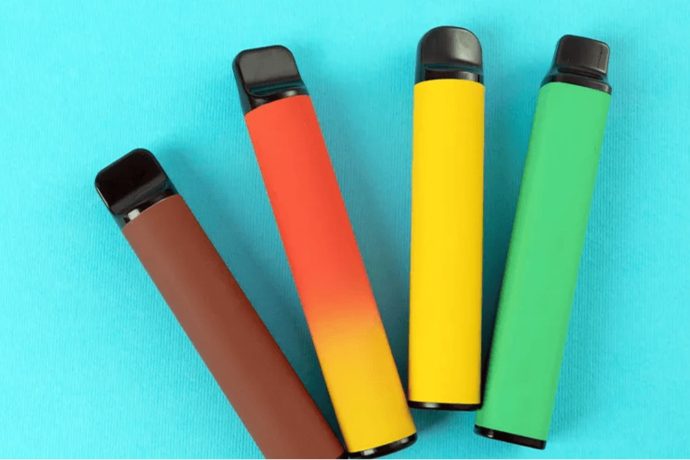
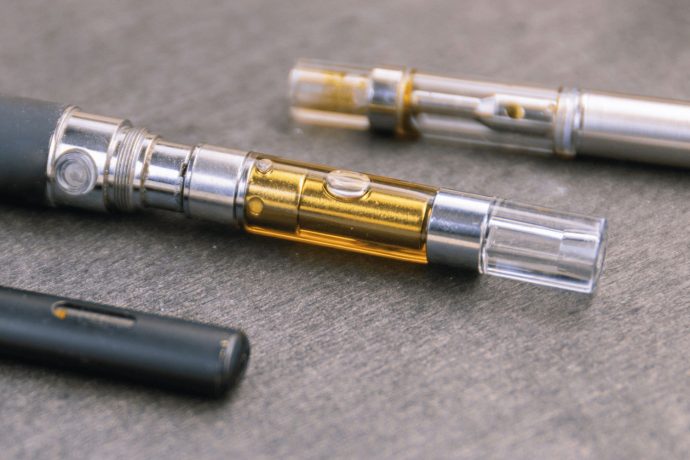

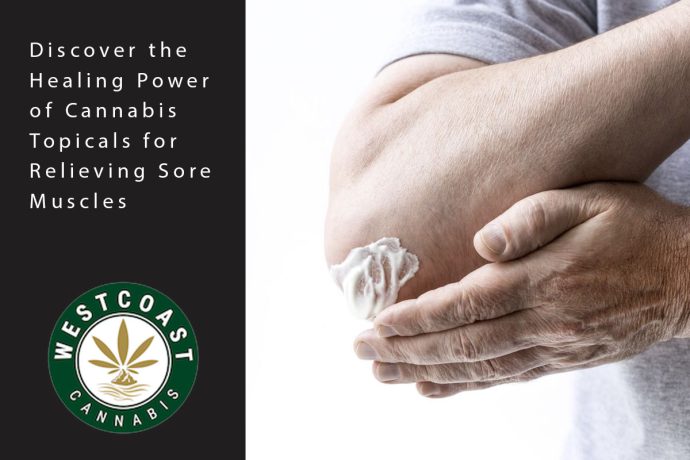
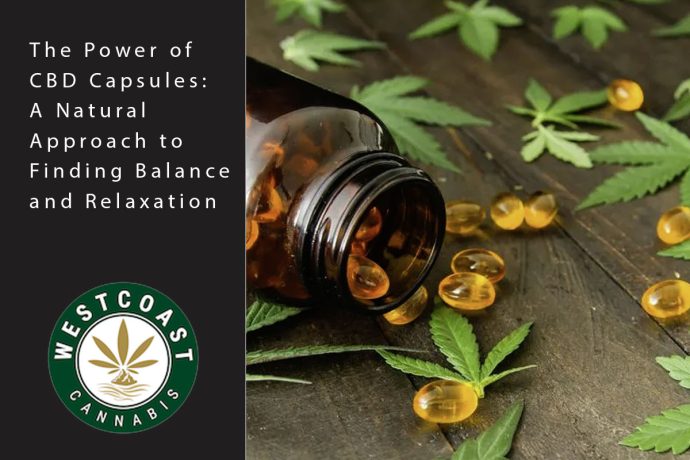


Leave a comment
You must be logged in to post a comment.